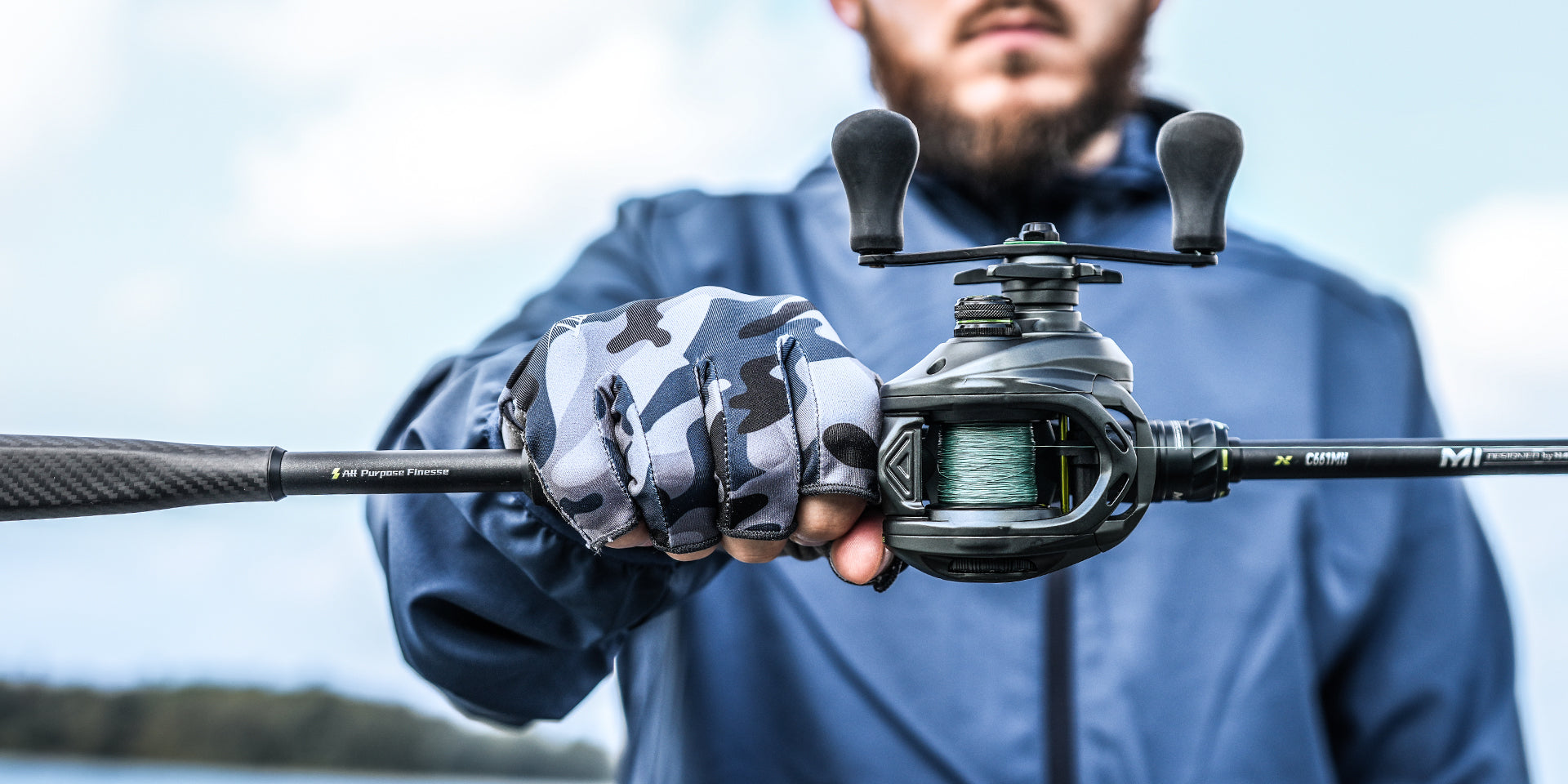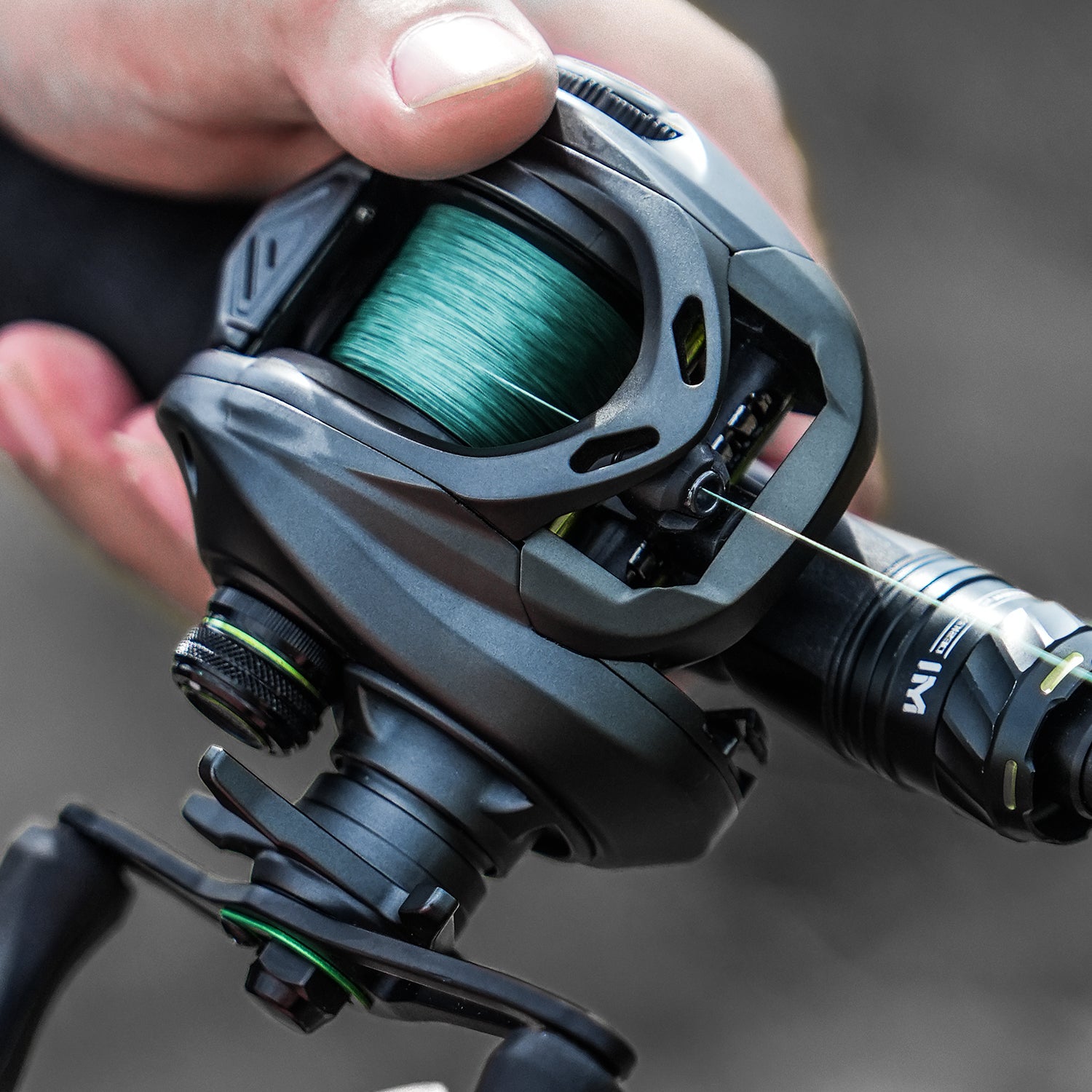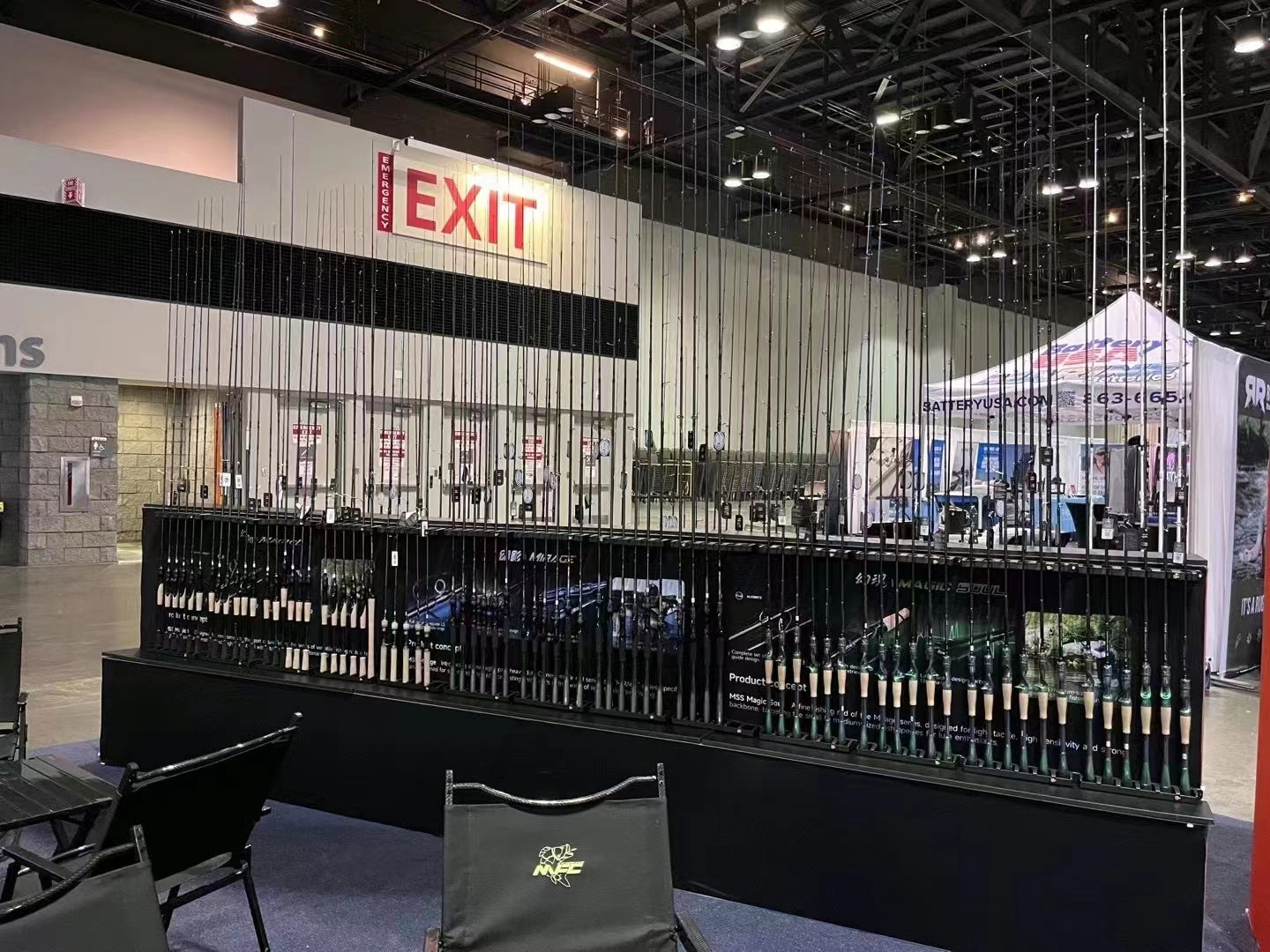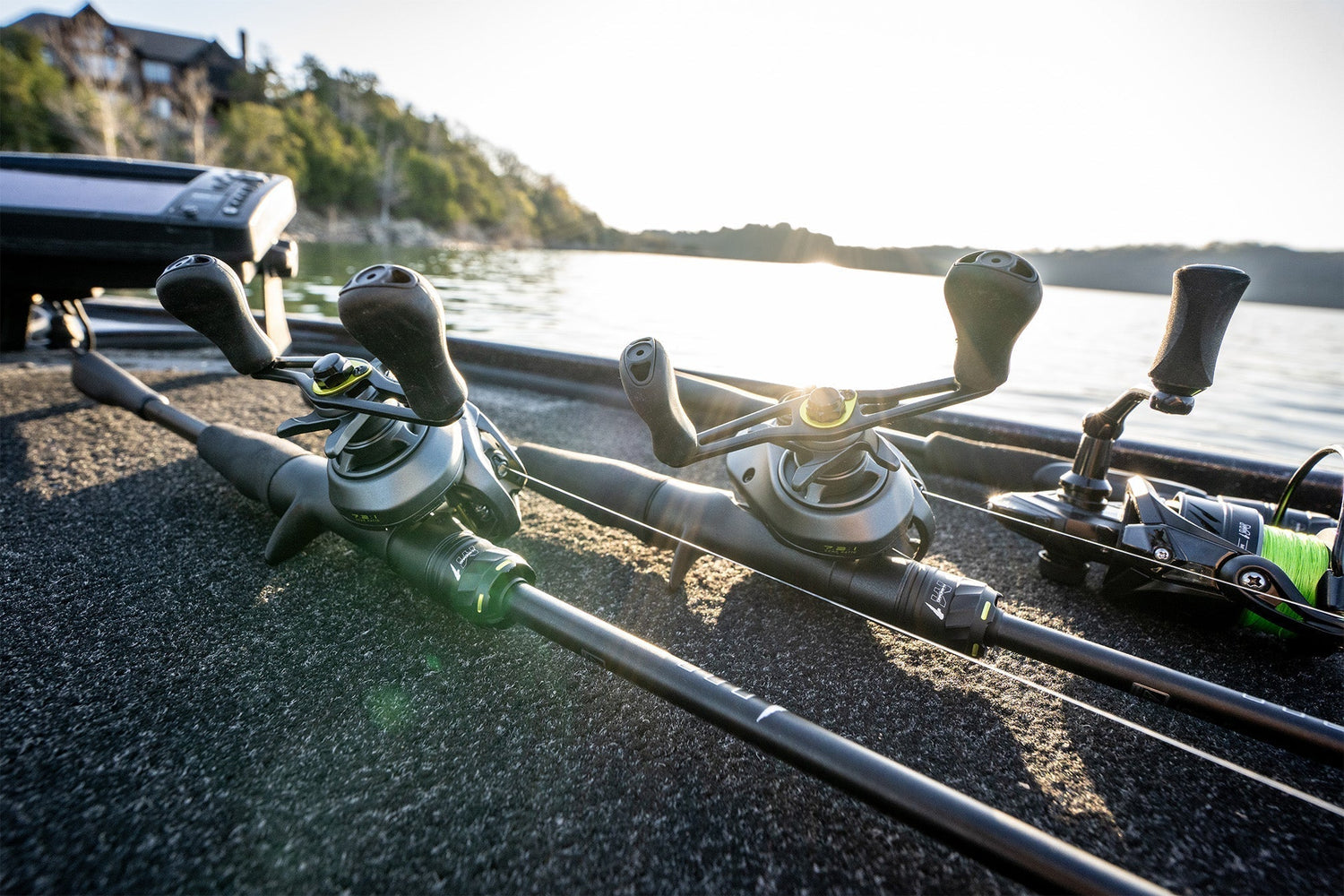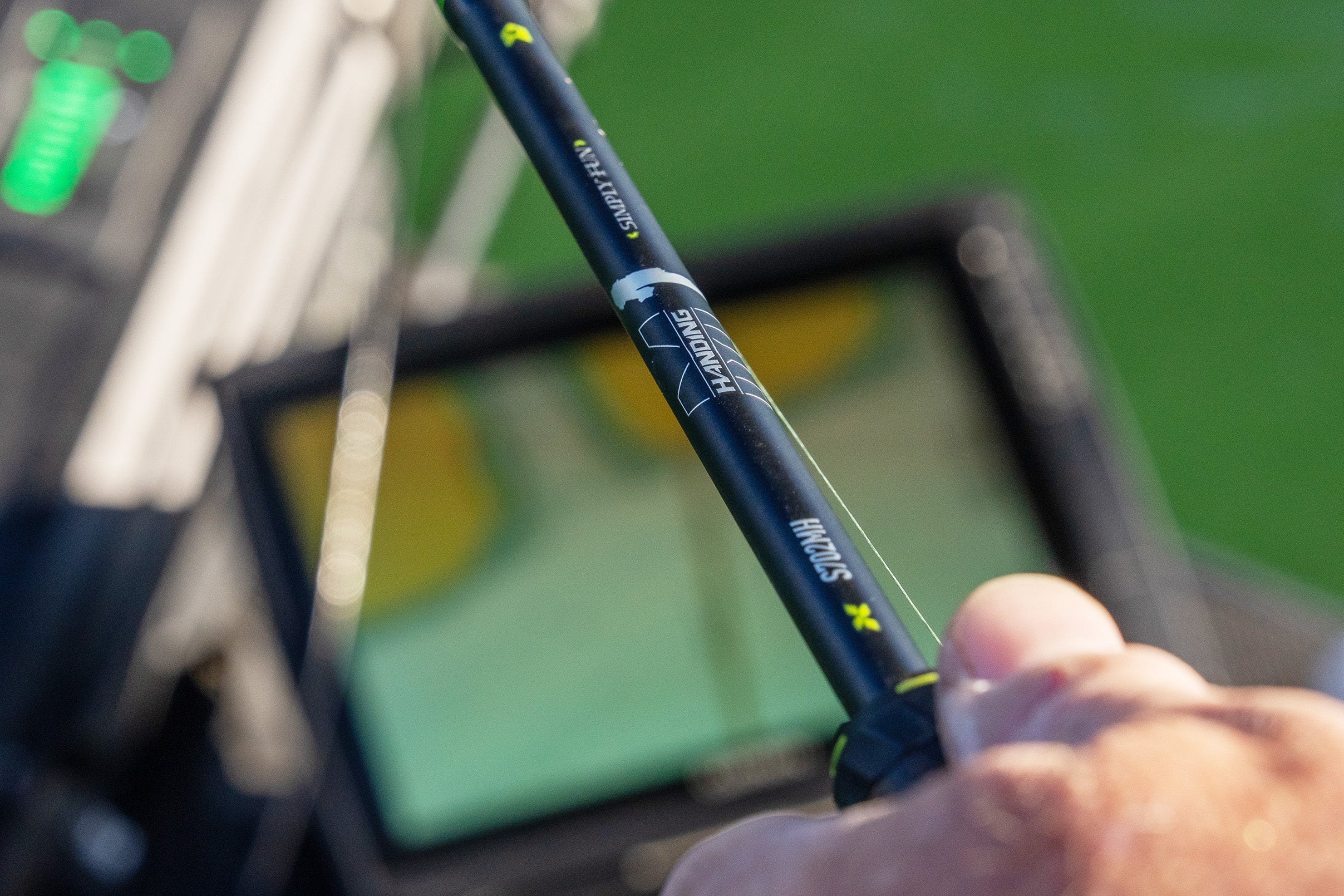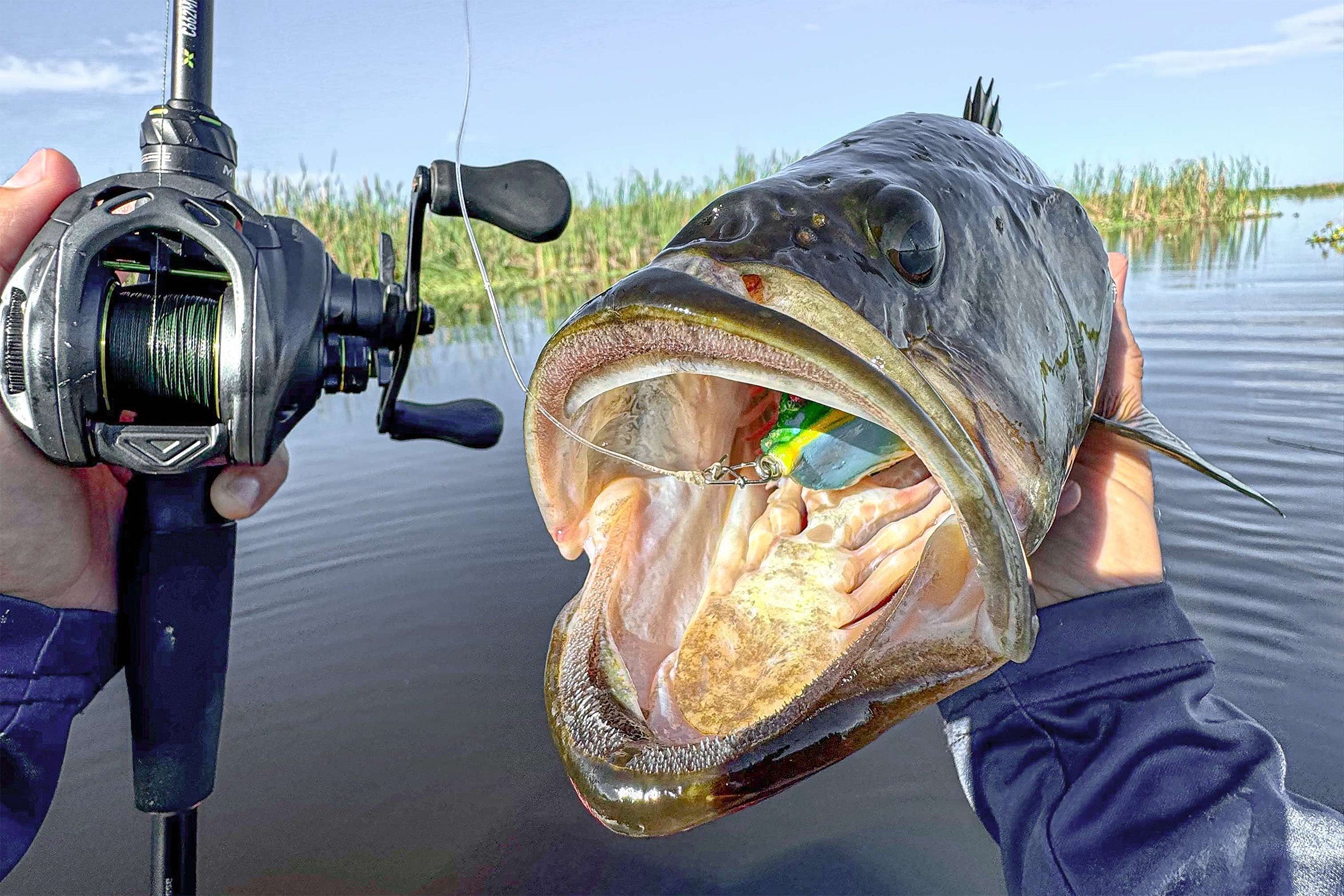Picking a fishing rod can be confusing with all the different prices! If you're buying your first one, or just want a better one, this will help. We'll break down what the different prices mean. You’ll learn why some fishing rods cost more than others. We'll also look at what you get at different price levels. By the end, you'll be able to choose the right fishing rod for your fishing needs and your wallet.
Fishing Rod Price Ranges: An Overview
Fishing rods come in a wide range of prices, from very affordable to surprisingly expensive. You can find them for as little as a few bucks to hundreds or even thousands of dollars. Selecting the right rod as a beginner involves understanding both your budget constraints and essential fishing rod characteristics. The price really depends on a few things. Here’s a breakdown of typical price ranges and what to expect in each:

Beginner/Budget Rods ($20-$50): If you're just getting into fishing, only go now and then, or don't want to break the bank, these are a solid choice. They're usually made of fiberglass or a cheaper carbon fiber. The components are pretty basic and they're built to take a beating, but you might not feel every little nibble. A lot of times, you can find these sold as rod-and-reel combos, which is a super easy and affordable way to get started.
Mid-Range/Good Quality Rods ($50-$150): For those who've fished a little and are ready for something nicer, these offer a sweet spot between price and performance. You'll typically find them made with better carbon fiber, making them lighter and more sensitive to what's going on at the end of your line. The quality of the parts – like the guides your line runs through, the reel seat where your reel attaches, and the handle – will be a step up, too. Plus, you'll have more options, like spinning rods or baitcasting rods, and even rods designed for specific types of fish or ways of fishing. For anglers seeking finesse and precision when using a casting setup, the Handing Magic L Ultralight Casting Rod offers exceptional sensitivity and control for targeting panfish and trout.
High-End/Performance Rods ($150-$300): These are built for experienced anglers who demand a certain level of performance. They want the most sensitive and lightweight rods possible. These rods use cutting-edge materials and construction techniques. The guides and reel seats are often from top-name brands. They're designed for comfort and are often tailored to specific fishing styles or the type of fish you're after.
Top-of-the-Line/Custom Rods ($300+): These are the rods that the pros and serious hobbyists reach for. They're after the ultimate fishing experience and the best possible performance. These rods are crafted using the highest-grade materials and are often made by hand. You might even find limited-edition models. The performance is truly exceptional, and they often incorporate unique, state-of-the-art technology.
4 Key Factors Influencing Fishing Rod Price
Several key elements contribute to the price of a fishing rod. These factors can help you better understand the price tags.

Materials: The Core of Performance
The materials used in a fishing rod's construction significantly impact its performance characteristics and, consequently, its price.
Carbon Fiber: Carbon fiber is highly regarded for its exceptional strength-to-weight ratio and sensitivity. The modulus of carbon fiber refers to its stiffness. Higher modulus carbon fibers are typically lighter, stiffer, and more sensitive. While they tend to be more expensive, the durability varies depending on construction methods and resin systems used. Common carbon fiber types include IM6, IM7, IM8, and designations like 24T, 30T, and 40T carbon. The higher the "T" number generally indicates greater tensile strength, though this is just one factor affecting overall rod performance. The way the carbon fiber is laid out (different patterns) can also affect the rod's action and power. Carbon fiber construction enhances sensitivity. It transmits vibrations from the lure and fish to the angler's hand more effectively.
Fiberglass: Fiberglass rods are known for their durability and affordability. While generally heavier and less sensitive than carbon fiber rods, modern fiberglass composites have improved significantly in performance. Fiberglass is more forgiving. This makes it an excellent choice for beginners or when fishing in areas with potential for rough handling.
Composite: Composite rods blend the properties of both carbon fiber and fiberglass. These rods aim to provide a balance of sensitivity, power, and durability at a more moderate price point.
Components: Where Quality Matters
The individual components attached to the rod blank also play a significant role in overall performance and cost.

Guides: Guides are the rings attached along the rod that the fishing line passes through. Their material, construction, and brand impact casting distance, line management, and heat dissipation. Higher-quality guides often use ceramic or silicon carbide inserts to minimize friction and maximize casting distance. Well-known brands produce guides to improve performance. The frame material and shape of the guide also influence durability and line tangling.
Reel Seat: The reel seat secures the fishing reel to the rod. Its material (plastic, graphite, or metal), design, and locking mechanism influence the stability and feel of the reel. Exposed reel seats allow direct contact with the rod blank. This enhances sensitivity. Hidden reel seats provide a more comfortable grip.
Handle: The handle provides a comfortable and secure grip for the angler. The most common materials are cork and EVA foam. High-quality cork offers a comfortable feel and excellent grip, especially in wet conditions. EVA foam is durable and lightweight. The choice between a full or split grip depends on the angler's preference and fishing style.
Each component contributes to the overall composition of the rod, with quality materials ensuring optimal performance on the water.
Craftsmanship & Technology
The precision of the rod's construction, the quality of its joints (for multi-piece rods), and the taper design all influence its performance. The taper refers to how the rod's thickness changes from the butt to the tip. This affects its action (how much of the rod bends) and power (how much force it takes to bend the rod). Rod tapers can be fast, medium, or slow, each suited to different fishing styles. Brand-specific technologies or design innovations can also contribute to a rod's price. Handcrafted rods are often more expensive due to the labor-intensive process and attention to detail. Mass-produced rods are generally more affordable.
Specialized Design
Rods designed for specific fish species or fishing techniques often carry a premium. This is because their specialized features cater to the unique demands of that fishing application.

How Much Should You Spend
Deciding how much to invest in a fishing rod requires careful consideration of your individual circumstances and fishing goals. Let's break down some key factors to help you make the right choice:
Assess Your Experience Level: If you're just starting out, it makes sense to grab a beginner or mid-range rod. No need to jump straight for the top-dollar stuff. These will give you a good foundation to learn on.
Consider Your Fishing Frequency: If you're out there all the time, it's worth investing in a rod that can handle it. A more durable, better-performing rod will hold up to regular use and make fishing more fun.
Think About What and Where You Fish: The type of fish and where you're fishing matter. A light rod is great for trout in a stream. But you'll need something heavier to haul in bigger fish.
Set an Overall Budget: Keep in mind that a rod is only one part of your gear. You also need a reel, line, lures, and other stuff. Factor all that in when you're setting your budget.
Determine Desired Performance: Do you want a super-sensitive rod to feel every little bite? Or do you need a powerful rod to fight big fish? Or maybe you just need something that can take a beating? Knowing what you want will help you choose.
Understand "Value for Money": Sometimes, spending a little more upfront can pay off in the long run. A slightly pricier rod might give you way better performance, last longer, and just be more enjoyable to use.
Evaluate the Combo Option: Should you buy a rod-and-reel combo, or buy them separately? Combos are often cheaper. But buying separate lets you customize everything.
Get the Best Rod for Your Budget
Fishing rod prices can really jump around depending on what they're made of, the parts used, and how well they're made. There's no single "best" or "most expensive" rod out there for everyone. The best rod is the one that fits you the best. Think hard about what you need and what you can afford. Use the info you've got here, and pick a fishing rod you'll be happy with for years to come!


